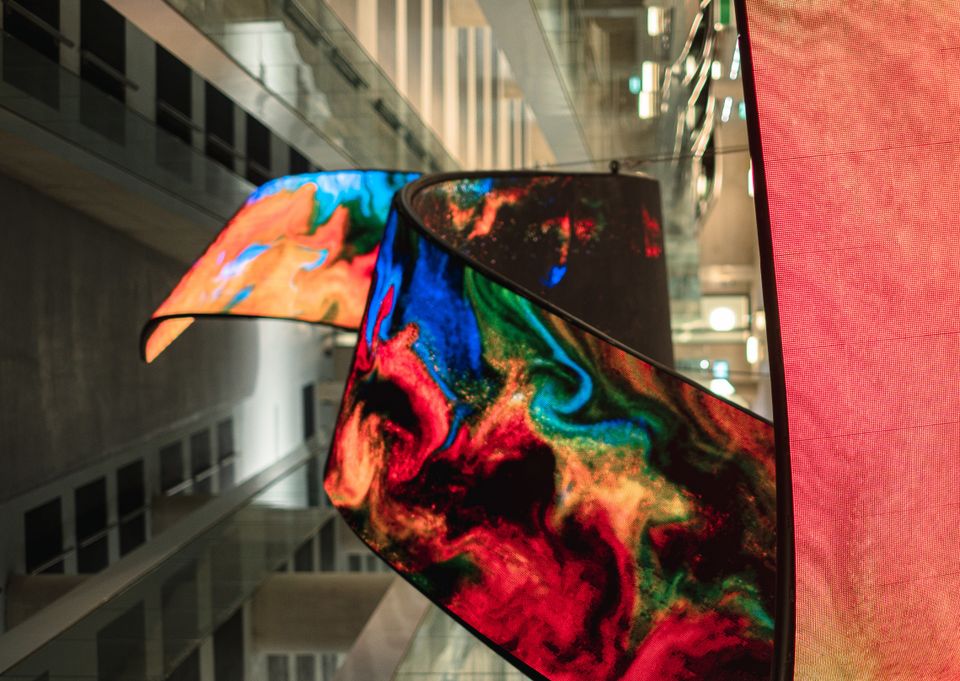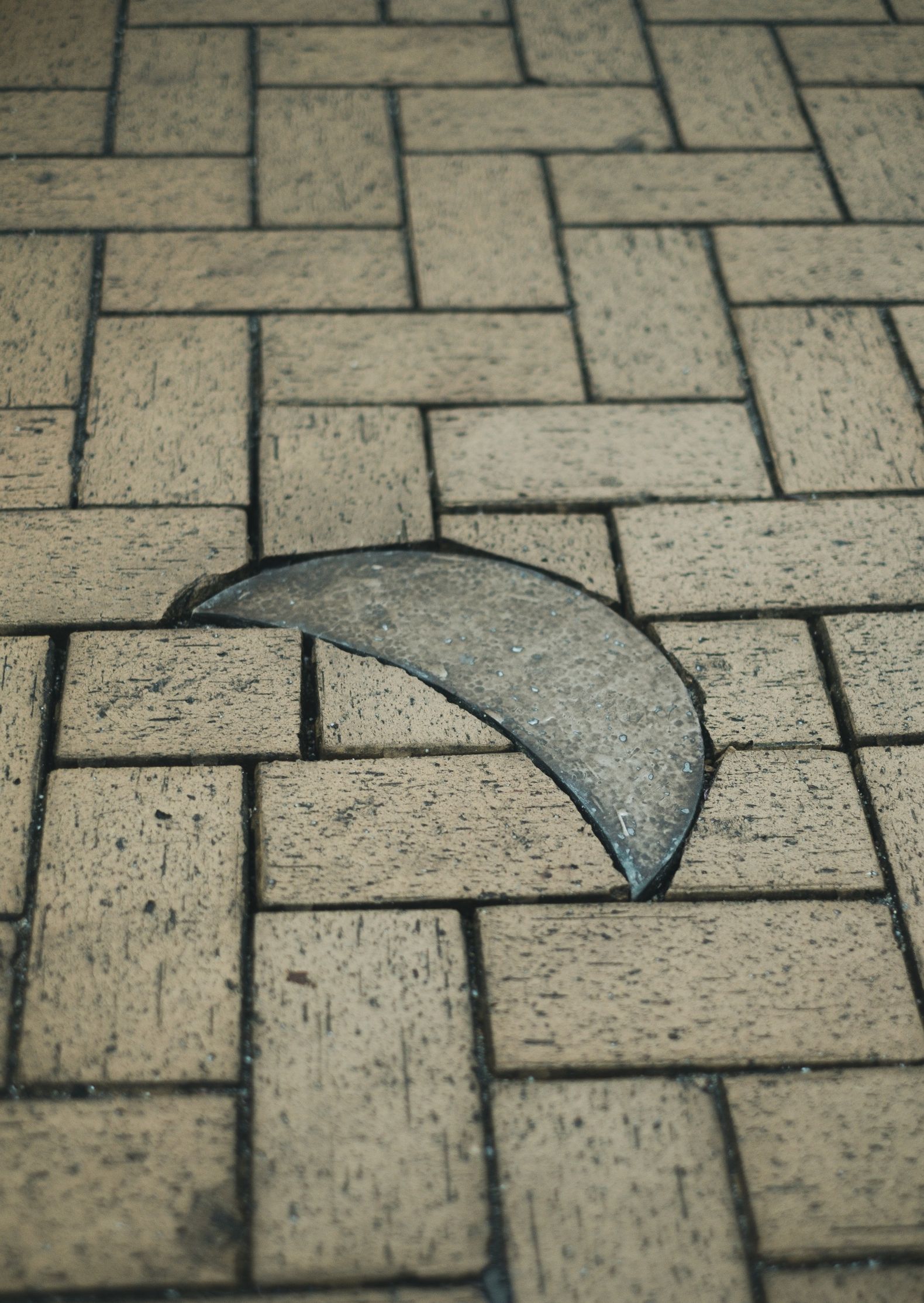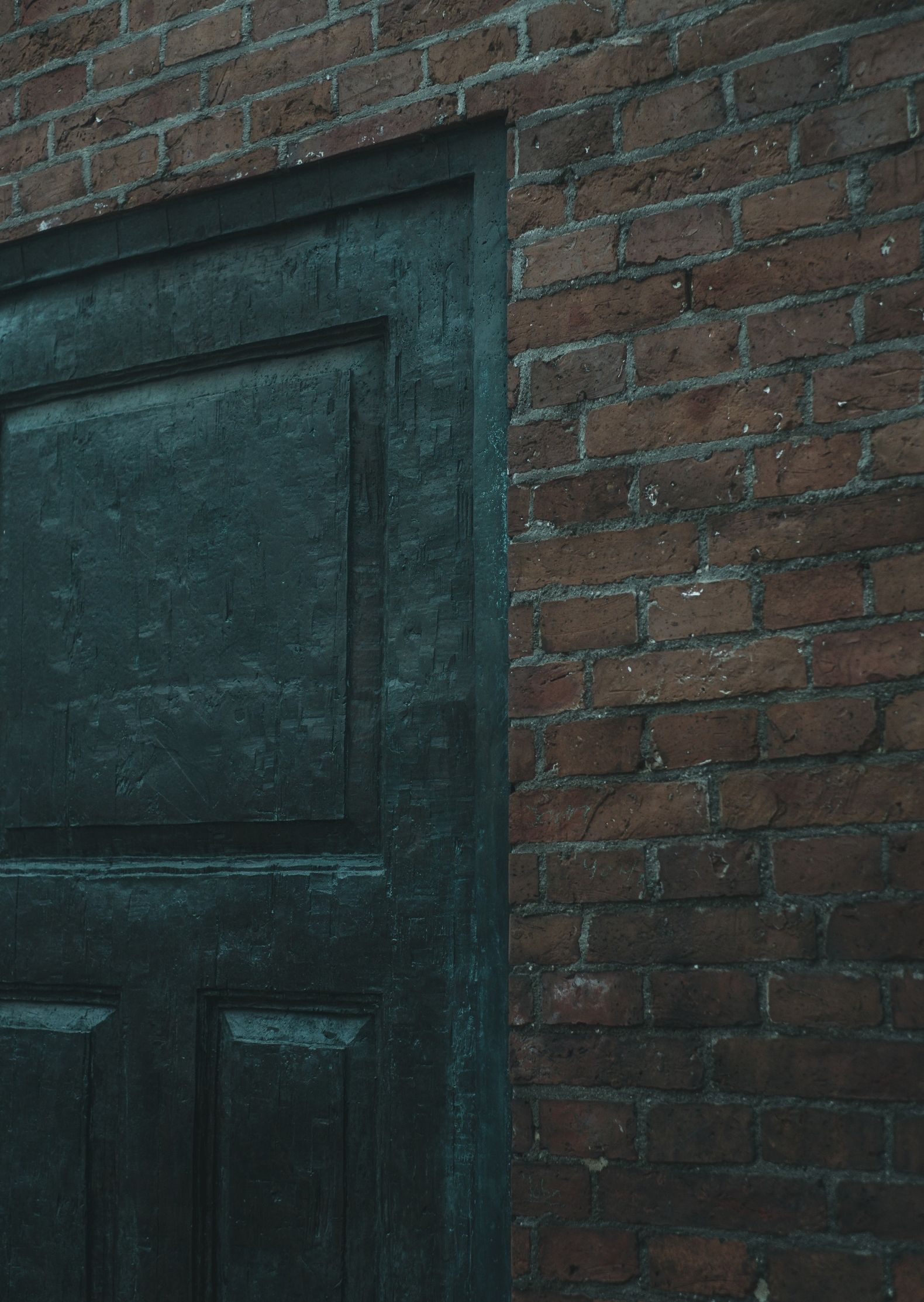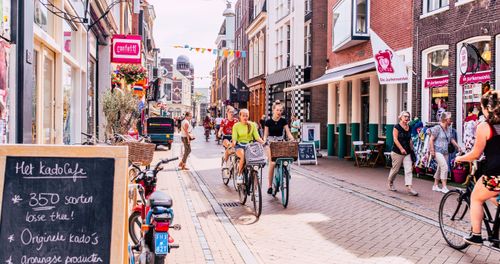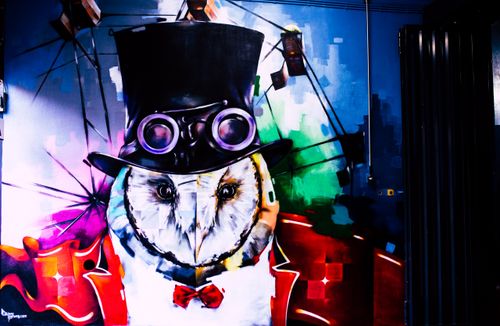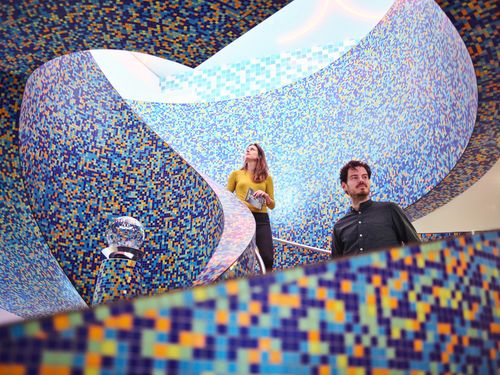1. Streetart Papengang (2019-2020)
When you go off the beaten path, it can lead you to some dark places – but it’s those rough edges that keep things interesting. Take the Papengang, for example. Situated in the middle of the city’s nightlife district, this alleyway had a bit of a bad reputation for a while. But it’s gotten a major facelift over the past year – literally – and has gone from a grimy passage to an inviting backstreet. Local graffiti artist Roland Carter’s work has transformed the Papengang into a colorful portal to Groningen’s social life after dark.
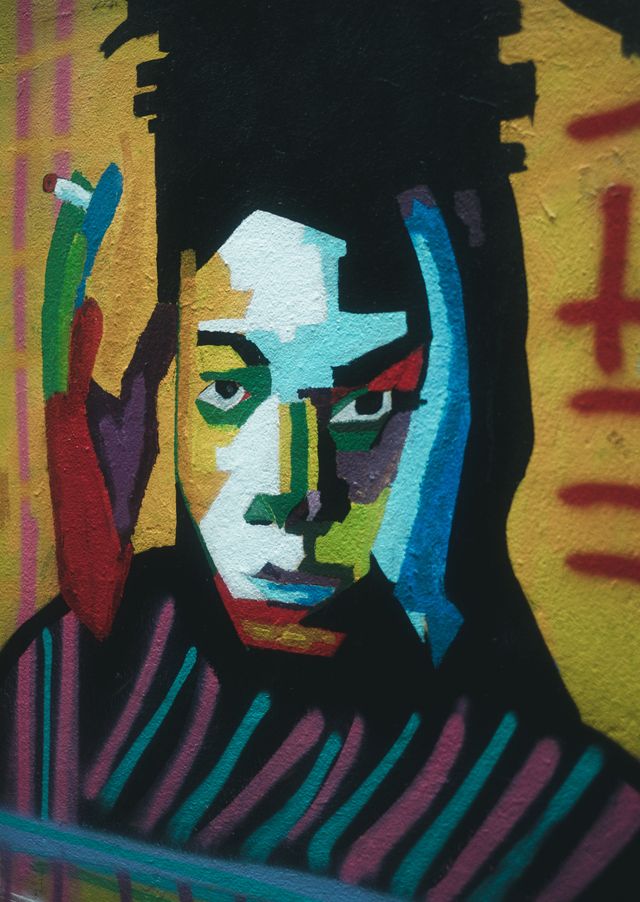
2. Vervlogen tijden (Time has flown) - Klaas Lageweg (2015)
This pigeon has seen his fair share of suspects. This massive mural of a city pigeon, ready to take flight with a farmer and his milk cart in tow, is located on a corner building right next to the police department. The farmer is Roelf Bierling, the final inhabitant of the last farm inside the city limits: the farm was located at Rademartk 27, which is now the location of a parking garage. If you look closely, you’ll notice pixels have been incorporated into the art work. The artistsbehind the mural, Klaas Lageweg, describes this technique as real pixelism, giving authentic street art a modern twist.
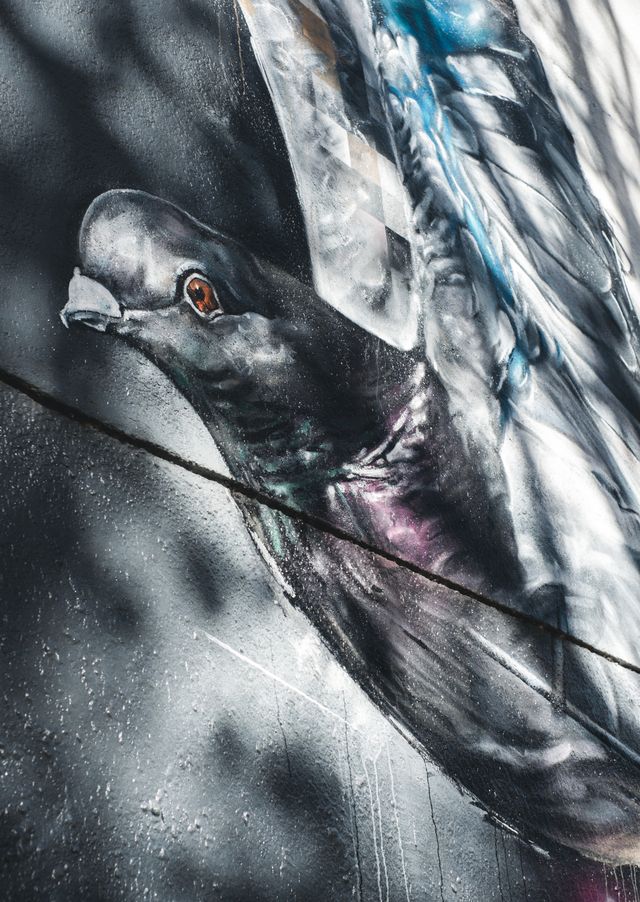
3. Tschumipaviljoen - Bernard Tschumi (1990)
The Tschumi pavilion was designed by the deconstructivist architect Bernard Tschumi and was part of an art exhibition in the ‘90s in Groningen. Five architects were invited to the city to design temporary pavilions, but this one remained standing. This greenhouse-like structure is a real eye catcher, and continues to serve as an exhibition space to this day, featuring works focused on modern media. If you find yourself wondering how the art works keep from sliding down the extremely tilted structure, that’s thanks to the perpendicular walls that divide the building into five separate spaces, keeping everything in its right place.
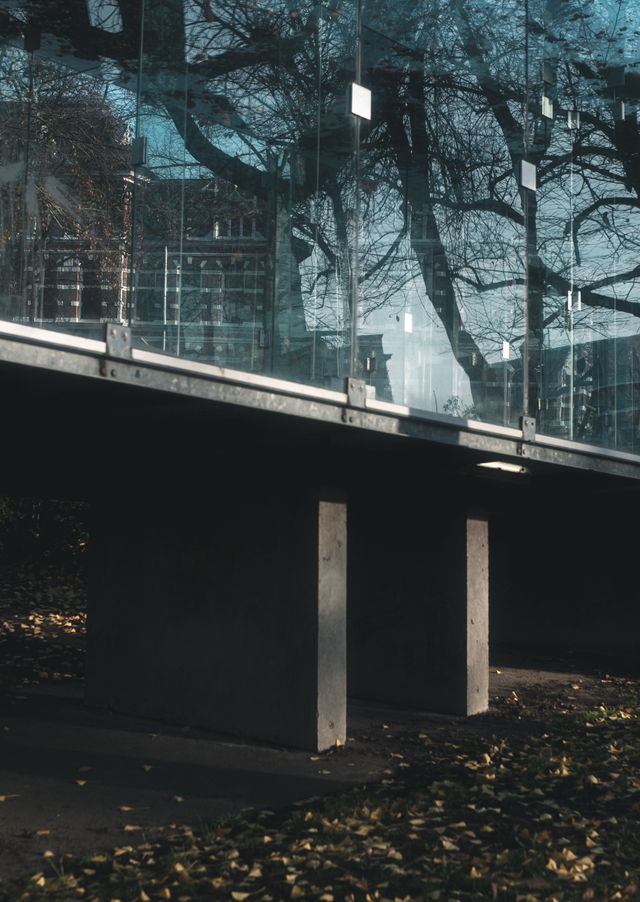
4. Second Thought - Giny Vos (2008)
Many a townie in a rush to catch their train has bumped their head on this inverted snowglobe in the bike parking garage. This ‘underground’ work of art features the familiar silhouette of the Central Station. Over the course of the day, the interplay of the light with the LED panels transforms this miniature version of the station into a ghostly shadow of itself, reflecting the special connection between the historic station and the modern ‘city balcony’ of the bike garage’s roof.
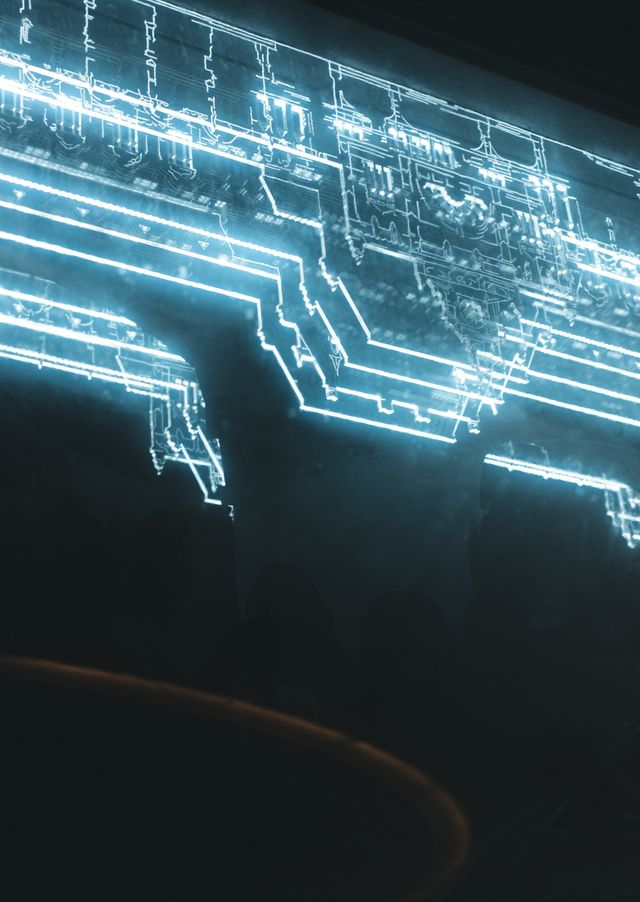
5. Station hall interior - Isaac Gosschalk (1896)
We can already hear you saying, ‘How is a centuries-old station hall off the beaten path?’. Yet in the hustle and bustle of modern life, we’re all compelled to just hurry from one appointment to the next, taking the beauty around us for granted. But look up: the richly colourful flower motif and architectural elements on the ceiling are almost entirely made of papier-mâché. The entrance hall itself is a so-called ‘salle des pas perdus’: ‘hall of lost steps’. This description, given by the Groningen artist F.H. Bach (a former instructor at the Minerva arts academy), refers not only to acoustics, but also to the function of the space: a waiting room where people pace around, aimlessly killing time.
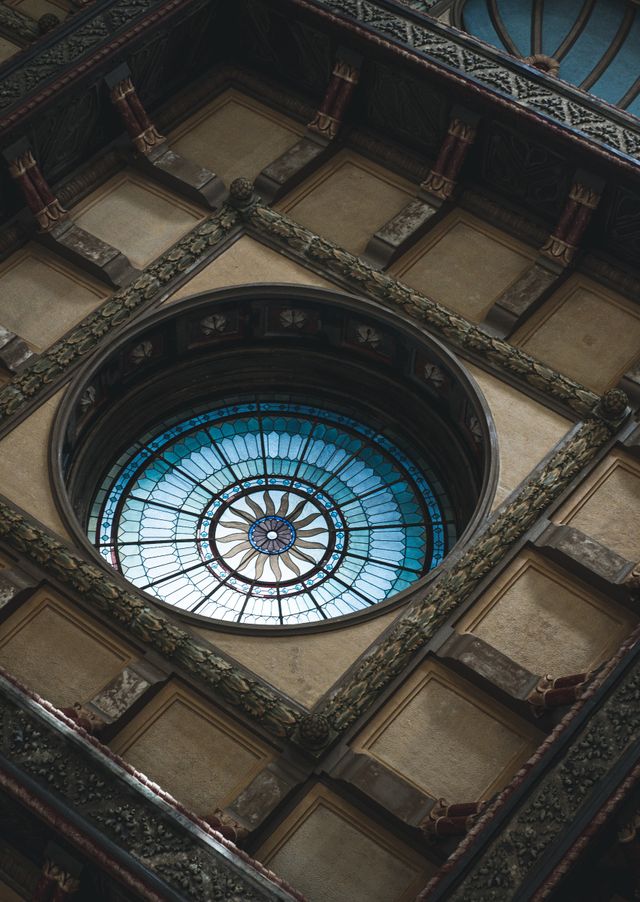
6: Hidden art at the Folkingestraat
Welcome to the award-winning Folkingestraat. ‘The Folkinge’, as it’s affectionally known by the locals, was awarded the title of best shopping street in the Netherlands in 2014. If you’re looking for charming shops, boutiques and eateries – and meaningful art installations – you’ve come to the right place. Three of the art works on this route are on this street, so keep your eyes peeled.
Jewish history
The Folkinge’s liveliness and appeal is plain to see, but this street also has a painful history. During World War Two, the street’s vitality was brought to an abrupt end: at the time, it was the beating heart of the city’s Jewish quarter. Its residents were deported to concentration camps, their shops and trades abandoned. The (hidden) art in the Folkingestraat is a reminder of this lost identity: not through prominent, in-your-face memorials, but through subtle works of art.
Subtle works of art
The first piece is Portal (hidden door) by Gert Sennema. Behind the door lies the history of the Folkingestraat, a history which can no longer be passed on. Look down at the street beneath you, and you’ll see Galgal Hamazalot by Joseph Semah embedded in the yellow bricks. From start to finish, you’ll walk through the various phases of the moon. When you combine all of the shapes, they form an eye with a full moon as the pupil: the all-seeing eye, a witness to history. The final artwork on this street is the (pre-cut) parade horse by Marijke Gémessy, located in wall between Folkingestraat 23 and 25. The building at this address used to house a butcher shop which sold horse meat. The tiles behind the horse are authentic butcher’s tiles which have simply been repainted in a different colour.

7. Public toilet - Erwin Olaf & Rem Koolhaas (1996)
When you’ve gotta go, you’ve gotta go. And what better place to answer nature’s call than in this unique urinal. The photo collage on the exterior depicts the ‘battle of the sexes’: men and woman, dressed in pearls and diamonds, playfully sparing, waving around rolling pins, swords and boxing gloves. The round restroom, designed by Rem Koolhaas in 1996, is built out of milk glass, and Erwin Olaf’s photos make it a quirky location to relieve yourself. The structure has two entrances – one for men, one for women – so you can ‘go’ together. Isn’t that nice?
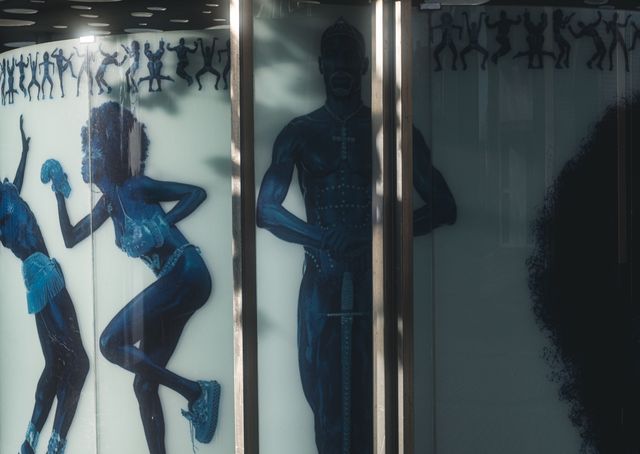
8. Vrouwenbuste op erezuil - Anne Wenzel (2018)
The Vishoek used to be the hub for ships from the Zuider- and Noorderhaven. Port cities were often synonymous with prostitution, and in this corner of the city near the Noorderhaven, the red lights of the district were still glowing up until just a couple of years ago. For centuries, this neighbourhood was home to many sex workers. Today, it’s only home to one: the woman on the victory column, designed by Anne Wenzel. Thanks to her sculpture, the women are the ones who continue to define the street scape. Wenzel chose to depict these women as they are, in all their beauty, strength and vulnerability.
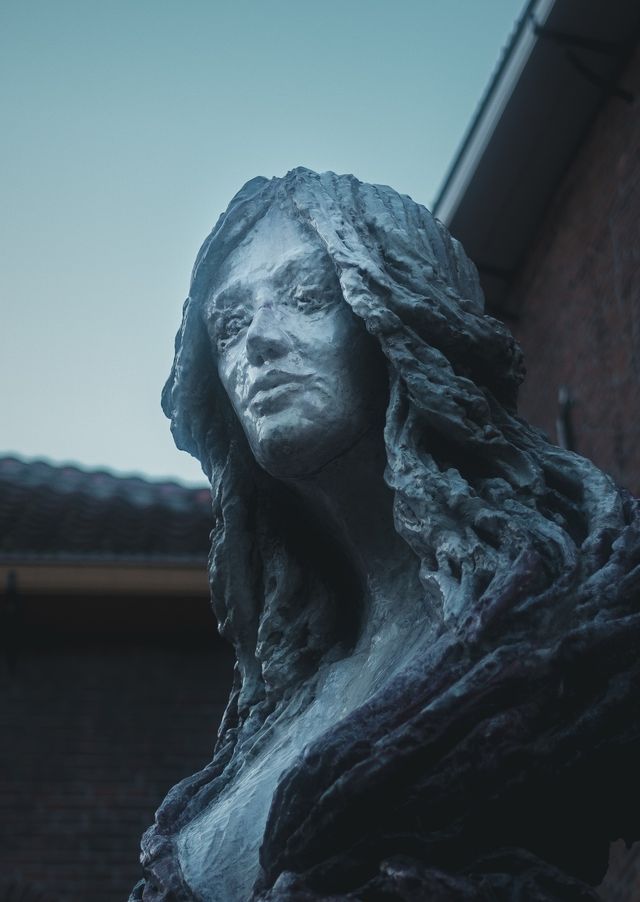
9. Farsi Largo/Making space - Janet Mullarney (1996)
Farsi Largo/Making Space is in plain view in the heart of the city, yet many passers-by barely notice it. That’s because it’s flying six meters above our heads. In Italian, Farsi Largo means ‘to make a way by pushing carefully forward’. Even though the piece is nearly 25 years old, it resonates now perhaps more than ever: making space for the 1.5 meter society. The man and woman, who appear to be gliding toward one another, demonstrate our connections to each other, even if we have to keep our distance.

